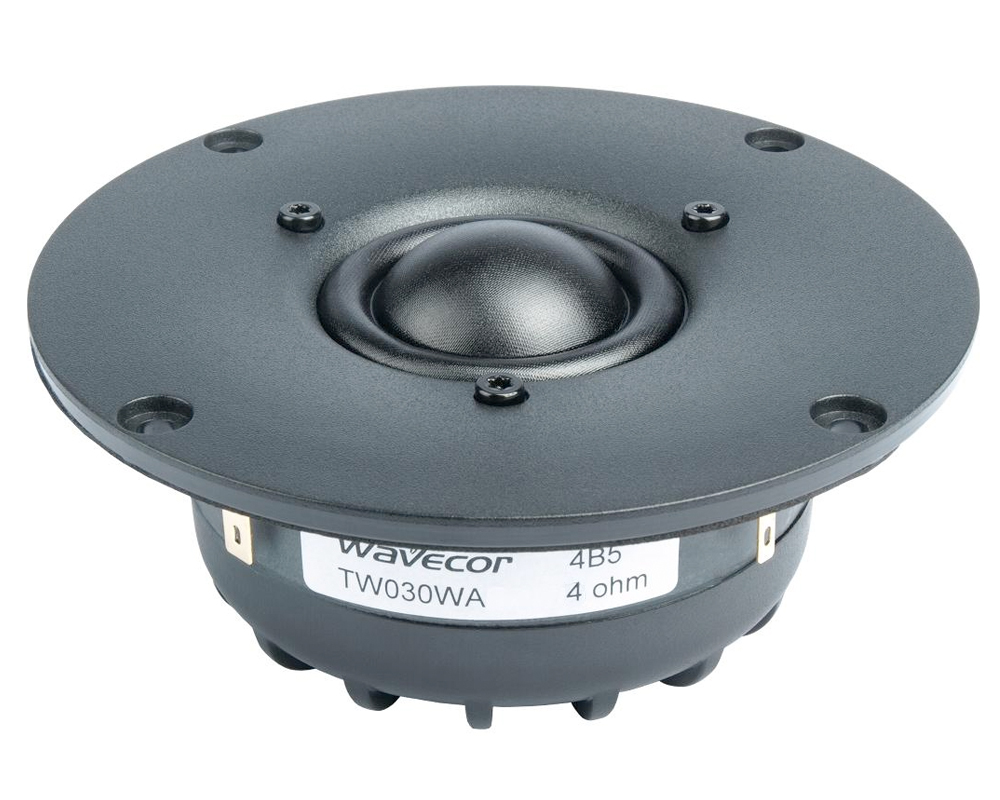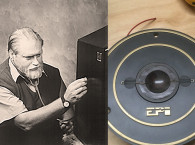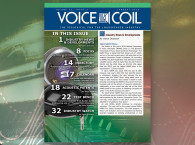Tweeters are a class of transducers designed to reproduce the upper range of audio frequencies. Most tweeters are electrodynamic drivers, using the usual voice coil suspended within a fixed magnetic field driving some sort of diaphragm. More specifically, these designs operate by applying current from an amplifier circuit’s output to the voice coil.
The voice coil produces a varying magnetic field, which works against a magnet’s fixed magnetic field around which the cylindrical voice coil is suspended, forcing the voice coil — and the diaphragm attached to it — to move. Opposites attract, likes repel, and these forces get the coil to move off its center position. This mechanical movement is exactly analogous (hopefully!) to the electronic signal’s waveform supplied from the amplifier’s output to the voice coil. Since the coil is attached to a diaphragm, the voice coil’s vibratory motion transmits to the diaphragm. The diaphragm vibrates the air creating air pressure or audio waves that we hear as sounds.
Today, most tweeters are dome, balanced drive, or cone. We will examine these and some of the more esoteric alternatives.

Tweeter History
Early phonographs really did not have a “speaker driver.” The needle mechanically moved a diaphragm at the horn’s throat. But, the vacuum tube changed everything, making amplification and radio possible. However, a transducer was needed to change the electrical signal into sound. At first, headphones were used because there was not enough power to drive a speaker. The first two-way speaker systems were developed in the 1930s for movie theaters. They used cone woofers with short horn loading and compression driver horn tweeters.
After World War II, consumer speakers’ cone tweeters were essentially scaled-down woofers, with lighter cones, thinner voice coil wires, and smaller diameter voice coils. The RCA LC1 coax broadcast monitor, a two-way configuration, was first introduced at the end of the 1940s (see Photo 1). This reference monitor remained in production for more than 20 years. The cone tweeter was coaxially located inside the woofer’s voice coil.
The 1950s saw many two- and three-way designs from several vendors including Altec, Bozak, JBL, Jensen, Wharfedale, and many others using all cone speakers or cone woofers and midranges with tweeters. In the 1950s, tweeter diameters typically were in the 2" range with 0.5" diameter voice coils and Alnico magnets. Cone tweeters were also manufactured in Europe by Audax, Peerless, SEAS, Vifa Audio, and a few others. During the same time period, they were manufactured in the U.S. by Jensen, Magnavox, and later CTS (Chicago Telephone Supply, founded in 1896 and one of the early radio receiver manufacturers. CTS still exists today as a components and sensors manufacturer).
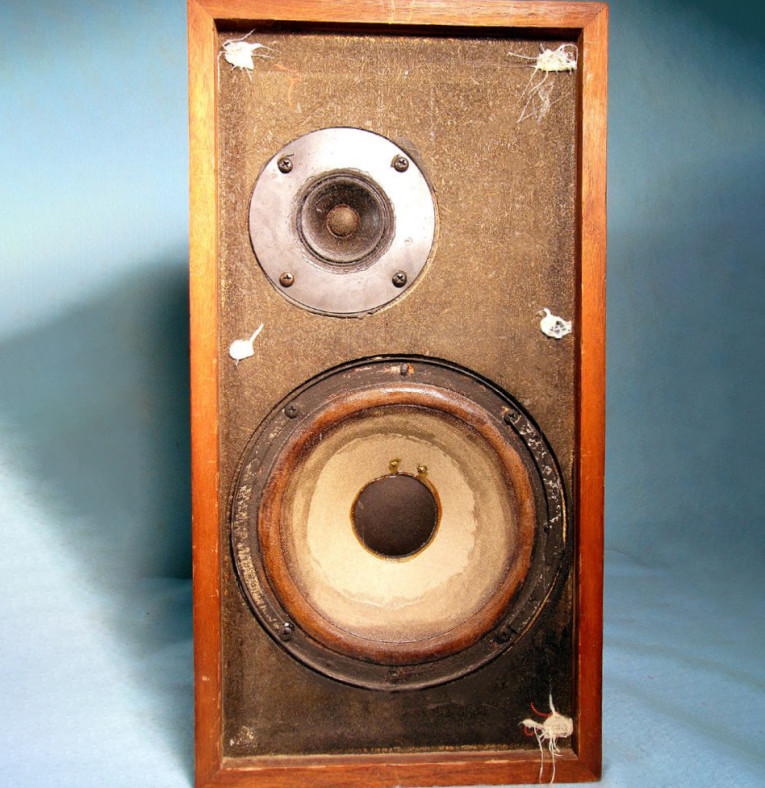
The Modern Cone Tweeter
Acoustic Research’s popular 1964 AR-4 bookshelf speaker used a cone tweeter. The AR-4 was a compact speaker with an acoustic suspension woofer and a cone tweeter that was a miniature version of the woofer. As amplifiers became more powerful, rock music grew more popular, and listeners’ mindsets became more psychedelically altered. These things, combined with AR-4’s low efficiency, created an epidemic of tweeter burn outs.
Specifically, the tweeter voice coil’s operating temperature would rise until the voice coil wire insulation burned and the coil opened or shorted. The 1970s AR-4x version featured one of the first applications of ferrofluid (magnetic fluid), which passed the heat off the coil to the magnetic structure (see Photo 2). Instead of air (a good thermal insulator) keeping the heat on the voice coil, the ferrofluid transferred the heat to the magnetic structure and it was a centering force on the coil. This began the trend of using ferrofluid in tweeters and eliminating the spider (damper) in tweeters. Rock music inspired the first real (spiderless) cone tweeters.
In the 1970s, the CTS’s phenolic ring tweeter was popular. It was used in countless two-way designs, including a number of models from Acoustic Research, Altec, Marantz, RadioShack, Rectilinear, and many others. At first glance, it appeared to be a simple design and the phenolic rings didn’t seem to serve a purpose. The low-mass (often) curvilinear cone provided decent dispersion and the large radiating area delivered a high-efficiency, reasonably smooth, extended response. The design was functionally elegant, and the stamped steel faceplate served as the sealed back chamber. The back chamber’s size could not have been deeper as the magnet was mounted to the rear of the cup. The faceplate was too large for the cone to reach the target low-end resonance (about 1,100 Hz). The phenolic ring spacer was used to couple the cone to the faceplate opening (see Photo 3).
A similar solution using a masonite ring between the stamped steel frame and the surround edge was used by Advent to enable deep excursion of its 10” woofer in a standard 12” frame.
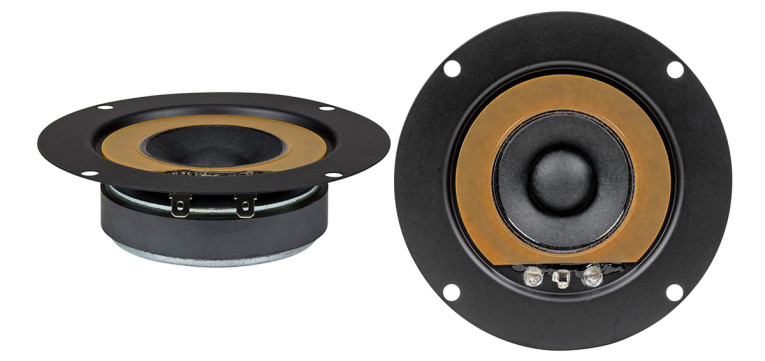
Dome Tweeters
Aside from the modern cone tweeter’s development, which can be found in most cheap home audio systems, home-theater in-a-box, and soundbars, Acoustic Research was also the first to commercialize the dome tweeter in 1958 (see Photo 4). The dome fabric was treated with hard phenolic resins. A decade later, United Speaker Systems’s founder Bill Hecht designed the first soft-dome tweeter, the 2" Fisher device. He patented the design in 1967. Avery Fisher then contracted with United Speaker Systems to build its speaker systems, including the XP-4A system with the soft-dome tweeter (see Photo 5). The fabric dome was coated with a rubber-like material. The dome had a rubber “octopus-like” suspension, which was listed as part of its patent (U.S. Patent 3,328,537). McIntosh also contracted with Bill Hecht’s firm and used the Hecht driver for several years. Bill Hecht died in 2012 at the age of 89.
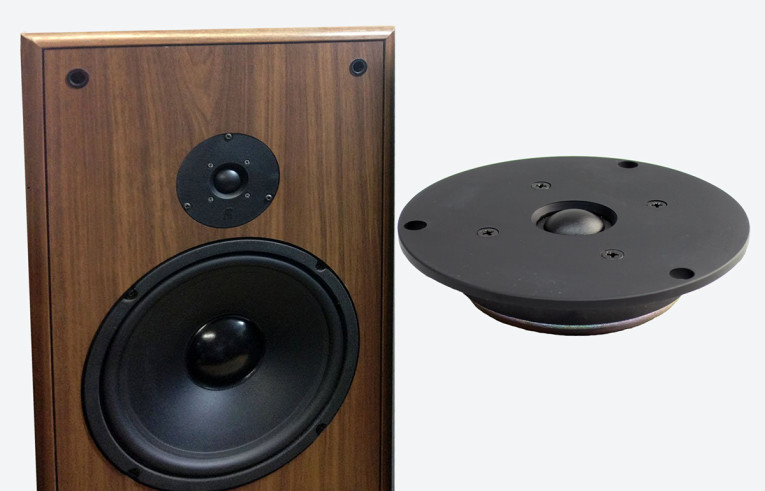
Most tweeter historians agree that Edgar Villchur of Acoustic Research introduced the first consumer application of the direct-radiator dome tweeter in 1958 with the AR-3 three-way speaker system. This large bookshelf model had an acoustic suspension woofer, a dome midrange, and a smaller dome tweeter. However, Villchur did not invent the dome-shaped, rim-driven diaphragm. (These devices had been around for decades in compression driver horns.) But, he took the horn and phase plug off the compression driver to match his acoustic suspension woofer’s low sensitivity.
Early Acoustic Research tweeter domes were phenolic-treated cotton fabric, which transitioned to paper with the AR-3a. The phenolic used the same basic approach found in many compression driver domes, which is where the idea originated. The AR-3a’s hard-pressed paper was an improvement, but it was still too heavy.
In 1925, General Electric researchers Chester W. Rice and Edward W. Kellogg wrote “Notes on the Development of a New Type of Hornless Loudspeaker” (Transactions of the American Institute of Electrical Engineers, 1925), indicating that they were probably the first to take the horn off the speaker. (In 1925, victrolas all had “trumpets.”)
General Electric was interested in developing monitoring speakers for radio broadcasts in small and medium rooms. The large horns were not needed. Villchur’s patent attorneys knew these devices could be considered “prior art.” Although no one had described a rim-driven dome tweeter to be used for direct-radiator applications, the Acoustic Research patent (U.S. Patent 3,033,945) described the suspension system and the dome’s operating characteristics.
As an aside, it was Harry Olson’s cone tweeter LC1 broadcast monitor speaker that short-circuited Villchur’s acoustic suspension woofer/enclosure patents as the air spring (acoustic suspension) was an intentional suspension element in the RCA tweeter design. It preceded the AR-1 acoustic suspension woofer by a few years.
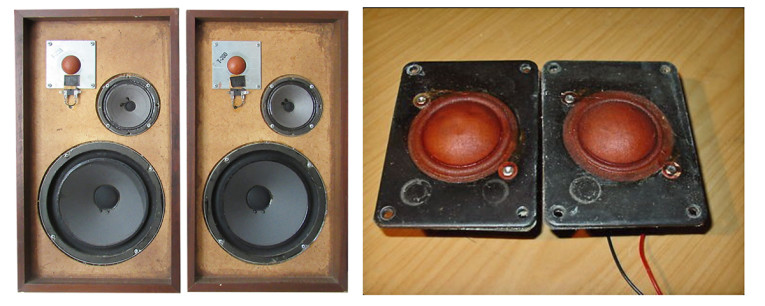
Design Challenges
Challenges in tweeter design and manufacturing include adequate damping to rapidly stop the dome’s motion when the signal ends, suspension linearity to enable high output at the low end of its frequency range, freedom from contact with the magnet assembly to keep the dome centered as it moves, and adequate power handling without adding excessive mass.
Dome tweeters are generally considered to have better dispersion than larger cone tweeters (see Photo 6). There are many opinions on the impact convex and concave (inverted) domes have on dispersion, but other factors come into play. We will continue this discussion in the second part of this article series. aX
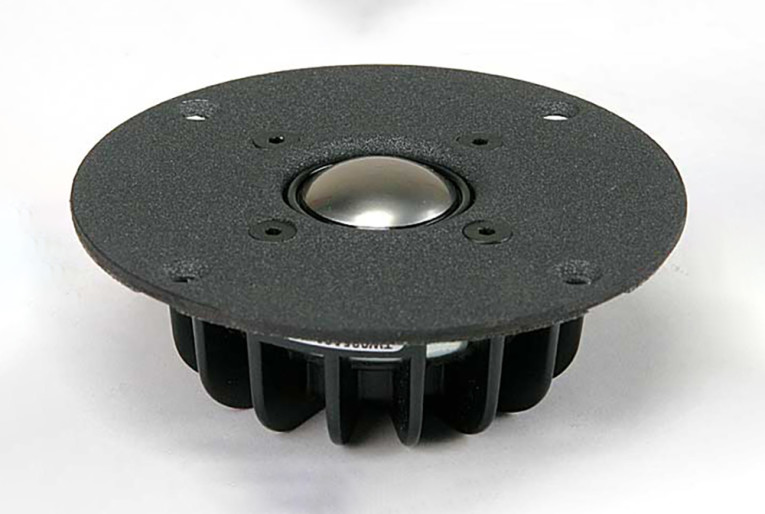
This article was originally published in audioXpress, January 2013


